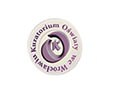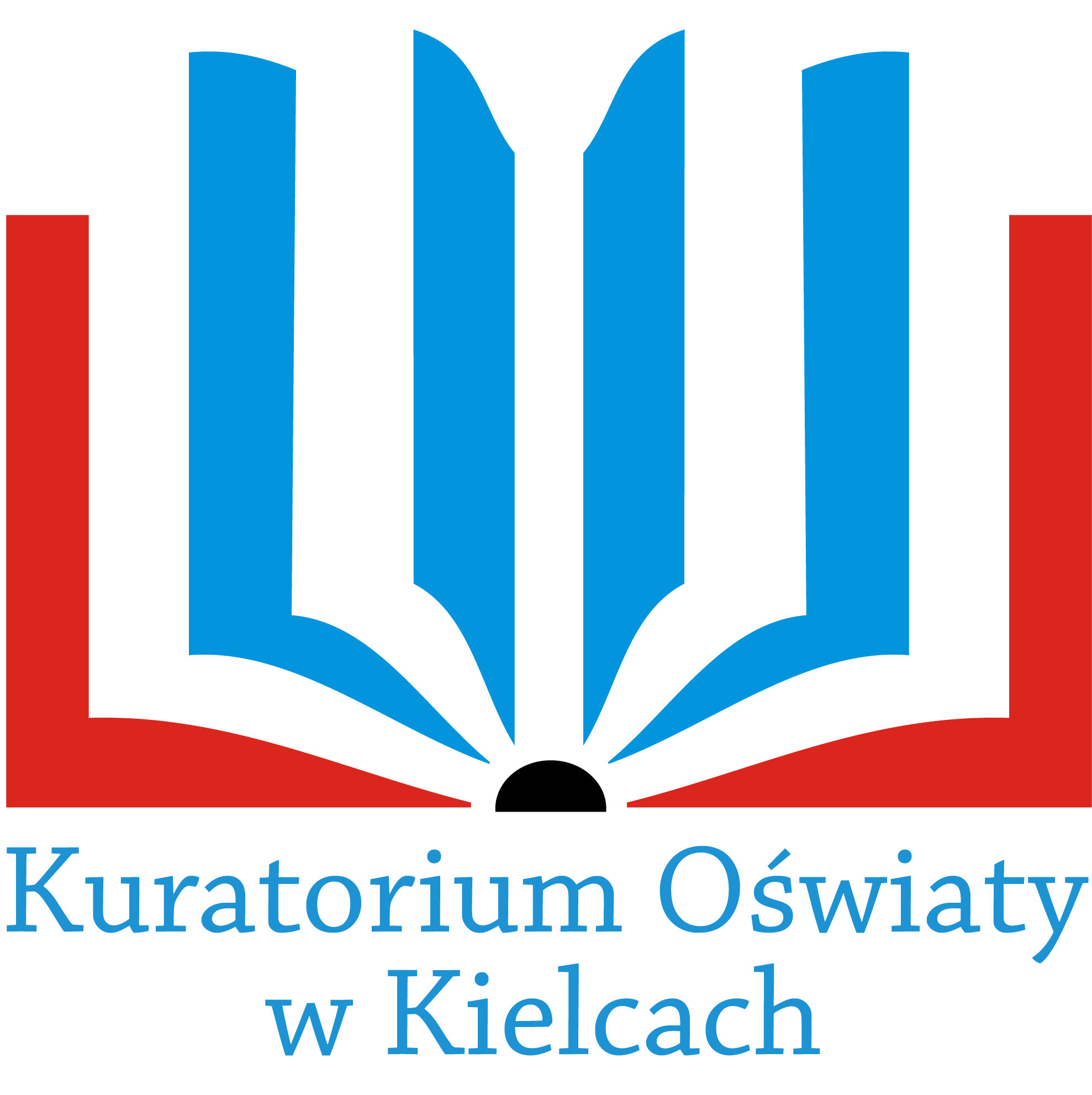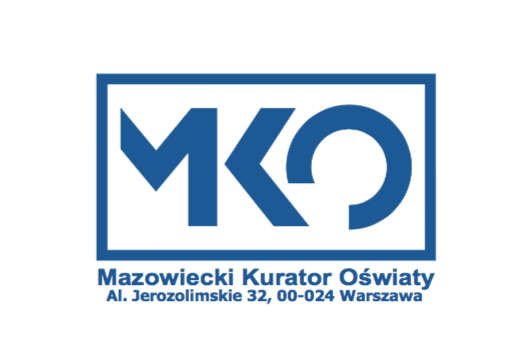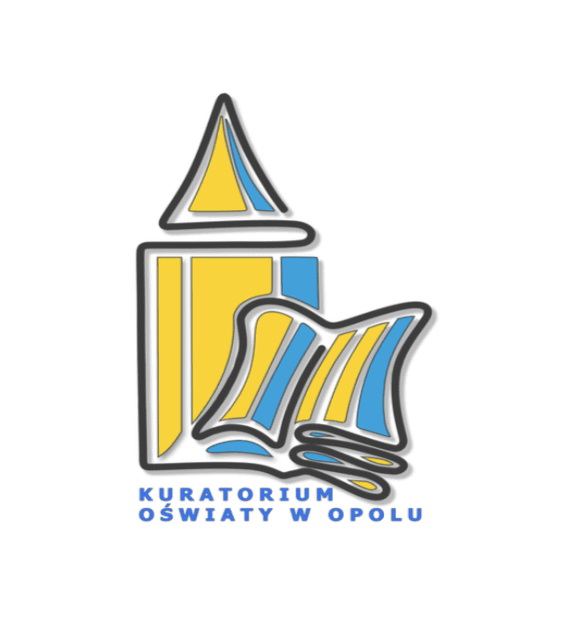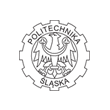‘POLITYKA’ weekly
25 June 2015
In the second grade of high school she developed a method allowing chemotherapy to directly target the cells affected by cancer. A year later, together with her friend, she came up with a project of a bioimplant containing stem cells. Joanna Jurek’s friends say that she’ll probably be awarded a Nobel Prize in the future.
Her parents consider her good health to be their greatest happiness and success because the first years of their daughter’s life were spent in great fear and at constant rehabilitation. At birth Joanna experienced a dangerous injury of the brachial plexus. The doctors’ worries were not confirmed: the girl was perfectly healthy. But the family suffered a lot. Today her dad laughs that the above-average abilities of his daughter are due to him, as he – a miner from Bełchatów – tirelessly treated baby Joanna with the Vojta method which activates and stimulates nerve centres. Next, the two-to-three year old girl had to perform regular exercises herself, learning persistence and patience rarely expected of children at that age. Later on this proved useful. Like when she spent long hours in the laboratory, patiently mixing and decanting solutions, or when she was learning to spin nanofibres using a device slightly resembling an electronic crocheting nook. ”You take nanoparticles of gold’s solution, add it to the polymer solution and it turns into a ‘soup’ that you can draw with a syringe and supply a very high voltage to it,” explains Joanna. “Then, under UV you can see hair-thick fibres, which start to overlap, and after about a quarter of an hour they turn into a white tape, which is the modified polymer mat.
And if you add the drug, doxorubicin, to the nanoparticles of gold and sew the mat into the patient, the drug will release in the place affected by the neoplasm e.g. in the pancreas, not interfering with the healthy organs. For this project, last year Joanna Jurek received the 1st prize at the International Science Competition E(x)plory 2014 in Gdynia for this project. And 4th place in the competition for young scientists Intel ISEF (The Intel International Science and Engineering Fair) in the United States. The method she developed is currently going through a patent procedure.
The radish
Not many high school students think about what to put into nanofibres and what purpose this could serve. Or how to deliver doxorubicin to the pancreas affected with neoplasm. But also not many of them had a chance to see how nanofibres are made. And Asia did – thanks to the Krajowy Fundusz na rzecz Dzieci (National Fund for Children).
When she was in middle school, she became fascinated with chemistry. Once a month, her father drove his daughter to Łódź to the Interesting Chemistry Academy. Generally, the lectures there are meant for high school students, but Joanna had no problems following them. Joanna’s mother teaches Polish at school. Her colleague, a chemist, gave Joanna private lessons going beyond the middle school curriculum. So when she took part in the department of education’s competition, she got to the final. She really wanted to go to a high school in Łódź, but her parents convinced her to stay in Piotrków.
After all, she had two minutes’ walk to the best high school in town, one of the best 100 nationwide. Already in middle school, the counsellor suggested that she apply for the Fund’s grant. Joanna wrote about her achievements in chemistry, but also at sports, as her father continuously encouraged her to be physically active. He taught her to ride a horse and play tennis. There was also swimming and sprinting, and several successes in international sports competitions.
She succeeded, joining the group of a couple hundred most talented high school students. “The Fund was a completely different story,” says Joanna. “You could choose workshops at a university, where the scholars were treated as important guests: everything was explained to us, we were shown everything and had full access to the laboratories.We had such week-long workshops about once a month. Also the summer camps in Serock and scholarships.
Everything was for free, including the travel costs.” At first, there were the organic chemistry workshops, then biophysics at the Physics Institute of the Polish Academy of Sciences where they studied the passage of dyes through liposomes. She came back from Warsaw with an idea for the radish. “She and her friends sowed the radish in flowerpots on the sill in our flat,” says Joanna’s mother, Agnieszka. “My daughter prepared a special solution for watering, we had hourly schedules of the waterings, and grandma – a gardener – helped.”
Joanna’s idea was to water the radish with low-concentration organic acids – lactic and acetic acid – in order to preserve them with natural preservatives already during growth. Initially, the plants started to die. But then they got tougher. They submitted their experiments to the E(x)plory competition and got to the nationwide final.
Neoplasms
During holiday workshops (before the second year of high school), conducted by Dr Wiktor Lewandowski at the Chemistry Faculty of the University of Warsaw, she became fascinated by nanotechnology (the first she heard about nanotechnology was on one of the lectures at the Lodz University of Technology in the second year of middle school and absolutely wanted to find out more about it). She still remembers her excitement. She immediately started to think of what could be put into the nanofibres and what purpose it could serve. She asked the organisers of E(x)plory competition to contact her with someone who specialises in nanofibres. That is how she met Dr Ewelina Zabost from the Chemistry Department at the University of Warsaw. Joanna wanted her project to have a medical purpose. She considered nerve regeneration. Dr Zabost advised neoplasms, since nerve cells are difficult to grow in a laboratory. And that’s how the idea to put nanoparticles of gold with attached doxorubicin molecules into nanofibres was born. Thus, the nanofibres could deliver the drug i.e. the so-called chemotherapy, directly to the neoplastic tissue. Joanna’s grandmother (her mother’s mother) and her two sisters died of breast cancer. Joanna’s mother took the genetic tests that found no BRCA1 gene mutation. Now Joanna has taken the test.
– Bardzo bym chciała odkryć skuteczny sposób terapii – mówi Asia. – Ale to, za co dostałam te nagrody, to dopiero projekt zrobiony w warunkach laboratoryjnych, a nie gotowy produkt. Badałyśmy, czy i jak szybko nanocząstki będą się uwalniały z matrycy nanowłókien. Then Joanna worked alone, already at the Lodz University of Technology, testing the matrix on pancreatic neoplastic cells.
In the laboratory everything worked exactly as expected. But what needs testing is what happens in the human body. If you sew the nanofibres around the place from which the neoplasm was removed, they will gradually dissolve, and the nanoparticles of gold and the drug will get out. The drug is released when the pH specific to cancer changes. The drug release should be gradual. The influence of environmental factors, body enzymes, and contact with bodily fluids all need to be tested. Also, the concentration needs to be adjusted. All that can only be done at the stage of pre-clinical trials.
That’s why Joanna gets angry when she hears that she has discovered a cure for cancer. Not a cure – a method for drug delivery. And it needs a lot of research before it can be put into practice. And a lot of money. “I’m too young to manage the project,” says Joanna. “After all, many teams of researchers have been working for years on the delivery of the drug directly to the neoplastic tissue. They try various ideas, various solutions, and our work is just one brick in this huge international cooperation. If someone finally succeeds, everyone will have played a part in that.”
Soon after she came back from the States Joanna received a call from the Ministry of Health’s spokesperson inviting her to a meeting with the Minister. Minister Bartosz Arłukowicz wanted to congratulate her and offered academic tutorship at the Oncology Center. Which made her very happy, as she just had a new idea: a stem cell implant. Not only placed on a nanofibre mat, but also capable of rolling and unrolling it, so the implant can be put through a very small opening and then unroll inside the body and heal, for example, bone loss in osteoporosis. Something like autotransplantation, since stem cells can be taken from the patient’s blood. Or from the fat.
This time she was to work with Dominika Bakalarz from Opole, her friend from the Fund, specialising in mathematics and computer science, also this year’s high school graduate. They invented the project together, and when Joanna presented it to Prof Zygmunt Pojda from the Department of Experimental Haematology at the Oncology Centre, he said “Well, let’s do it and see what happens.” Pod kierunkiem profesora Asia przeprowadzała badania w Centrum:
– Pierwszy raz pracowałam w warunkach całkowicie sterylnych – opowiada Asia. – Najpierw na matę polimerową nakładaliśmy komórki macierzyste, potem zwijaliśmy to w taką roladę i wkładaliśmy do ciepłarki. Wyglądało to jak operacja na otwartym sercu, fartuchy, maski, rękawice, jedna osoba podaje narzędzia, druga pracuje.
Po trzech godzinach wszystko mnie bolało, bo cały czas miałam napięte mięśnie. This is what the first laboratory stage of their joint project entitled ‘Origami BioBandage – multipotential bioimplant based on nanofabric with a surface modified by stem cells’ looked like. Joanna and Dominika presented their idea at the Polish stage of the European Union Contest for Young Scientists (EUCYS). And won. In March the three best projects were selected to represent Poland in the September final in Milan. Among them was the Origami BioBandage. The girls also participated in E(x)plory 2015, winning third place.
In vitro i in silico
It all began with a conversation with Dominika, whom she knew when they were together during the summer on the quantum physics placement at the University of Vienna (organised by the Fund as well). They were travelling back home on the metro and Dominika was talking about a presentation by Robert Lang, an American physicist and origamist – on origami and its industrial applications (e.g. car airbags, assembling gigantic telescope lenses) and in medicine (holding blood vessels open). At the hotel they watched a YouTube video together and wrote to Lang to ask whether he knew anything more about the medical applications of origami. He wrote back pointing to a group of Japanese scientists working with cell origami – folding origami using cells. Because, as it turns out, cells can fold the material themselves. The Japanese worked with blocks; the girls decided to make a roulade. During the research scholarship at the Warsaw University of Technology and at the Oncology Centre, Joanna worked in vitro on synthesising the polymer mat and on preparing the stem cells to populate the mat. And this was how the bioimplant was born. Now Dominika entered the stage, translating the experimental results into the language of mathematics and virtually modelling the bioimplant. The first thing was mathematical modelling to prove that cells can roll a mat. Then in silico studies – a new scientific area in which medical studies are conducted first as a computer simulation, and only then pass to the subsequent stages.
– I also don’t understand what exactly Dominika does, but to put it very simply she takes a spatial image of the mat and cuts it into slices of equal width and then the data in the picture, every pixel, are interpreted – explains Joanna. – If there’s a black dot, it belongs to the material, and if it’s green and has certain size, it is a living cell, and if it’s smaller and red – it is a dead cell. The point is to test the cell-cell and cell-mat reactions using a computer rather than wasting biological material. Is it possible that two cells won’t agree, that one cell will try to raise the mat and the other won’t let it, or they will both raise the mat, or perhaps they will stress out and neither will raise it.
Now Europe
Joanna and Dominika are waiting for their high school finals’ results. Soon it will be September and the final of the competition in Milan, so they are still working on their Origami based, among other things, on the scholarship at the Interdisciplinary Centre for Mathematical and Computational Modelling. Plus the internship at Adamed, as they wanted to see what work in a pharmaceutical company looks like. They are both considering studying abroad.
Dominika will perhaps choose Cambridge because a lot of money is spent on science there, and without money even a genius cannot be certain of success. The admission depends on getting at least 90% from all the high school finals.
Joanna is considering a lesser known university in Ulster, where the threshold is lower. Also, the course she found there suits her the best. Biomedical science combines the elements of medicine, biomaterials engineering and biotechnology, strictly coordinated towards medical engineering, the treatment of people and experimental therapies. Which is it exactly that interests her the most. After three years she can continue her studies in the field of medicine.
But Asia would probably rather take medical projects management; she wants to work on new therapies, keeping in mind the people who one day will receive the treatment.
Sometimes she worries, when reading, how some teachers accuse high school graduates that plan to study abroad of betraying Poland – because Poland is important to her, but she also reminds herself that knowledge, after all, is international. So, for the sake of that knowledge, one cannot decline the opportunity of studying abroad. She thinks that she should see something different; also, no place in Poland is offering a course that seems tailored almost specifically to her needs. At least that’s what she thinks today because everything can change. She’s only 19.


